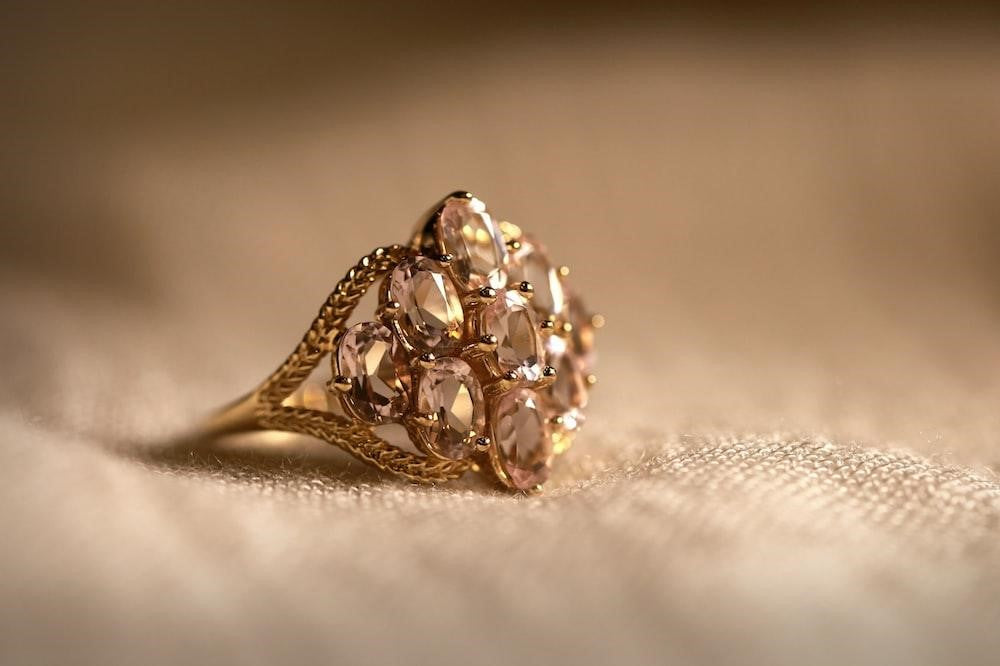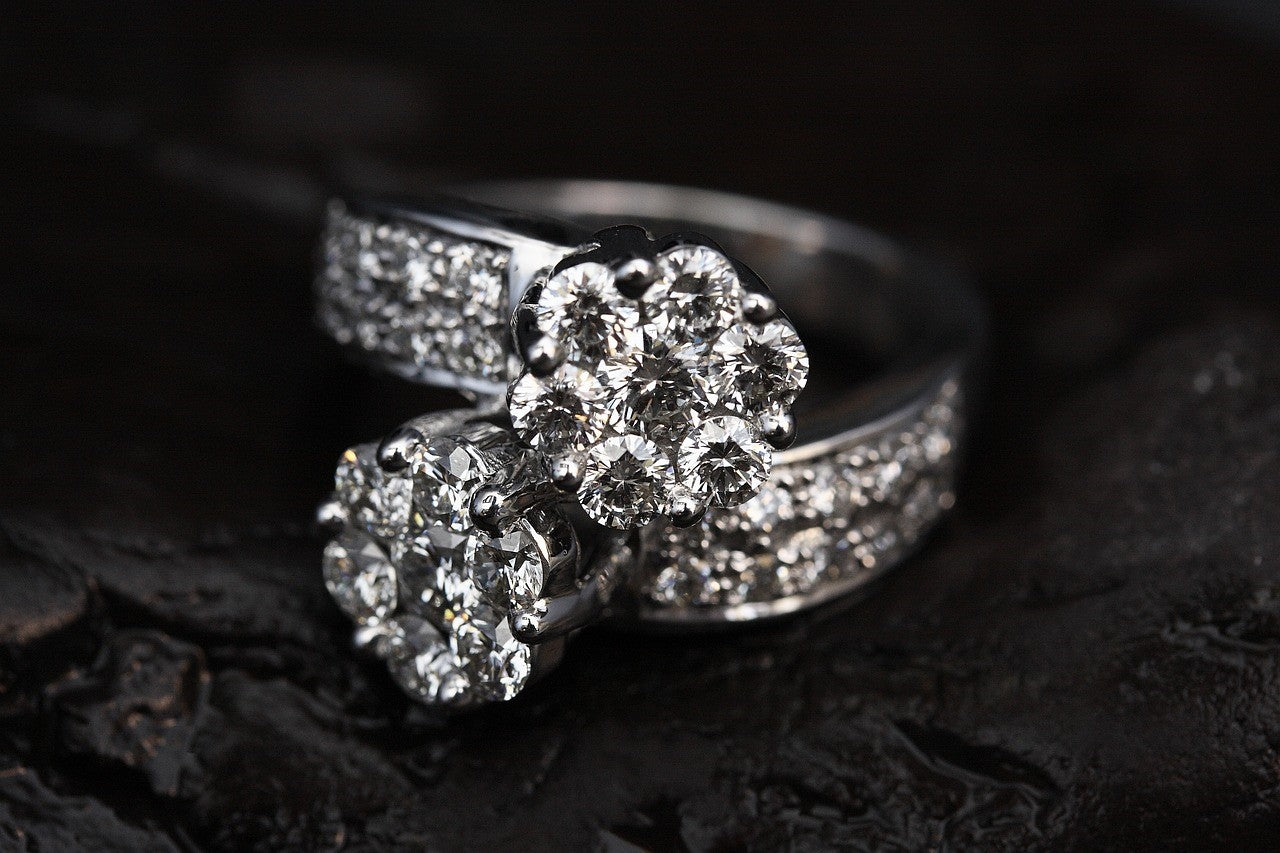As someone who is deeply interested in the intersection of technology and luxury, I have been closely following the rise of lab-grown diamonds. These gems, also known as engineered or cultured diamonds, are not mined but created in a lab using high-pressure, high-temperature (HPHT) or chemical vapor deposition (CVD) processes. The result is a diamond that has the same physical, chemical, and optical properties as a mined diamond.
The first lab-grown diamonds were created in the 1950s, but it wasn't until the 21st century that they became commercially viable. With the aid of advanced technology, scientists can now produce lab-grown diamonds that are virtually indistinguishable from their natural counterparts. This technological breakthrough has disrupted the diamond industry and changed the way we think about this precious gem.
The rise of lab-grown diamonds has caused a stir in the diamond industry, but it has also opened up new possibilities. One of these is the potential for custom engagement ring design. With lab-grown diamonds, it is possible to create unique and personalized engagement rings that are not only beautiful but also ethical and sustainable.
The Science Behind Lab-Grown Diamonds
To understand the appeal of lab-grown diamonds, it is essential to know how they are made. The process begins with a small diamond seed that is placed in a chamber of extreme heat and pressure. This environment mimics the conditions under which diamonds form naturally in the Earth's mantle. Over time, carbon atoms attach to the seed and form a larger diamond.
There are two main methods used to grow diamonds in a lab: High-Pressure High-Temperature (HPHT) and Chemical Vapor Deposition (CVD). The HPHT method involves using a press to create the high pressure and temperature needed for diamond growth. In contrast, the CVD method uses a gas-rich environment, which breaks down the gas molecules and allows the carbon atoms to accumulate on the diamond seed.
While both methods produce high-quality diamonds, they have their differences. HPHT diamonds tend to be more yellow in color, while CVD diamonds are more likely to be colorless. This difference in color is due to the different growth processes and the types of impurities present in each method.
Benefits of Choosing Lab-Grown Diamonds
There are several benefits to choosing lab-grown diamonds over mined diamonds. First and foremost, lab-grown diamonds are ethically sourced. Unlike mined diamonds, they do not contribute to conflict or environmental degradation. This makes them an excellent choice for those who are conscious about the impact of their purchases.
Secondly, lab-grown diamonds are more affordable than mined diamonds. Because they are created in a lab, they do not incur the same costs associated with mining, such as labor and transportation. This means they can be sold at a lower price without compromising on quality.
Finally, lab-grown diamonds are customizable. Because they are created in a controlled environment, it is possible to control their size, color, and clarity. This makes them perfect for custom engagement ring design, as they can be tailored to suit the taste and style of the individual.
Custom Engagement Ring Design: A New Trend
With the rise of lab-grown diamonds, we are also seeing a new trend in engagement ring design. More and more couples are choosing to design their engagement rings, rather than buying a pre-made design. This allows them to create a ring that is unique and personal, reflecting their individual style and story.
Custom engagement ring design is not a new concept, but it has become more accessible with the advent of lab-grown diamonds. Previously, custom design was often associated with a higher cost, as it required the skills of a jeweler and the sourcing of individual diamonds. However, with lab-grown diamonds, the cost of custom design has been significantly reduced.
Furthermore, custom engagement ring design allows for greater creativity and personalization. Couples can choose the size, shape, and color of their diamond, as well as the setting and metal for the ring. They can also add personal touches, such as initials or a special date, making the ring truly one of a kind.
How Lab-Grown Diamonds Enhance Custom Engagement Ring Designs
Lab-grown diamonds are a game-changer for custom engagement ring designs. Because they are created in a lab, they can be customized in ways that mined diamonds cannot. For example, it is possible to create diamonds in a range of colors, from classic white to fancy hues like blue and pink. This opens up a world of possibilities for engagement ring design.
Furthermore, lab-grown diamonds are more affordable than mined diamonds. This means that couples can afford to choose larger diamonds or more elaborate designs for their engagement rings. They can also choose to use multiple diamonds in their design, creating a ring that is both beautiful and dazzling.
Finally, lab-grown diamonds are ethical and sustainable. This means that couples can design their engagement rings without worrying about the impact of their purchase. They can feel good knowing that their ring is not only beautiful but also contributes to a better world.
The Process of Creating a Custom Engagement Ring with Lab-Grown Diamonds
Creating a custom engagement ring with lab-grown diamonds is a collaborative process. It begins with a consultation, where the couple discusses their vision for the ring with a jeweler. They can bring in inspiration images or sketch their ideas, and the jeweler will help them refine their design.
Next, the jeweler will source the lab-grown diamonds for the ring. This involves choosing the size, color, and clarity of the diamonds, as well as their cut. The couple can also choose the metal for the ring, such as gold or platinum.
Once the diamonds and metal have been chosen, the jeweler will create a 3D model of the ring. This allows the couple to see what the ring will look like before it is made. They can make adjustments to the design if needed, ensuring that the final product is exactly what they envisioned.
Finally, the jeweler will create the ring. This involves setting the diamonds in the metal and polishing the ring to a high shine. The result is a custom engagement ring that is unique, personal, and incredibly beautiful.
Why Lab-Grown Diamonds are the Future of Custom Engagement Rings
In my opinion, lab-grown diamonds are the future of custom engagement rings. They offer all the beauty and sparkle of mined diamonds, but without the ethical and environmental concerns. They are also more affordable and customizable, making them a perfect choice for modern couples.
Moreover, lab-grown diamonds are just as durable and long-lasting as mined diamonds. This means that a custom engagement ring made with a lab-grown diamond will stand the test of time, just like a ring made with a mined diamond.
Finally, lab-grown diamonds are a symbol of innovation and progress. They represent a new way of thinking about diamonds, one that prioritizes sustainability and ethics over tradition. For couples who value these ideals, a custom engagement ring with a lab-grown diamond is the perfect choice.
Case Studies: Successful Custom Engagement Ring Designs with Lab-Grown Diamonds
There are many examples of successful custom engagement ring designs with lab-grown diamonds. One such example is a couple who chose a lab-grown diamond for their engagement ring because they wanted a gem that was ethically sourced and environmentally friendly. They worked with a jeweler to design a ring that was unique and personal, featuring a large, round lab-grown diamond in a simple gold setting. The result was a ring that was not only stunning but also reflected their values.
Another example is a couple who wanted a colorful engagement ring. They chose a pink lab-grown diamond and worked with a jeweler to create a ring that was playful and unique. The final design featured the pink diamond in a rose gold setting, surrounded by smaller white diamonds. The result was a ring that was truly one of a kind, and a testament to the possibilities of lab-grown diamonds.
Things to Consider When Choosing Lab-Grown Diamonds for Engagement Rings
When choosing lab-grown diamonds for an engagement ring, there are a few things to consider. First, it's important to understand that lab-grown diamonds are just as real as mined diamonds. They have the same physical, chemical, and optical properties, and they are just as durable and long-lasting.
Second, it's important to choose a reputable jeweler. Not all jewelers work with lab-grown diamonds, so it's important to find one that does. A good jeweler will be able to guide you through the process of designing your ring and choosing your diamond.
Finally, it's important to consider your budget. Lab-grown diamonds are more affordable than mined diamonds, but they still represent a significant investment. It's important to choose a diamond that fits within your budget, but also meets your expectations in terms of size, color, and clarity.
Conclusion: The Innovative Edge of Lab-Grown Diamonds in Custom Engagement Ring Design
In conclusion, lab-grown diamonds are revolutionizing the world of custom engagement ring design. They offer a unique combination of beauty, affordability, customization, and ethics that is unmatched by traditional mined diamonds. As we look to the future, it's clear that lab-grown diamonds are not just a passing trend, but a new standard in luxury and innovation.
Whether you're planning to propose or simply interested in the latest developments in the diamond industry, I hope this article has given you a deeper understanding of lab-grown diamonds and their potential in custom engagement ring design. As we continue to explore the innovative edge of this technology, I look forward to seeing how it will transform the world of fine jewelry.





















































































